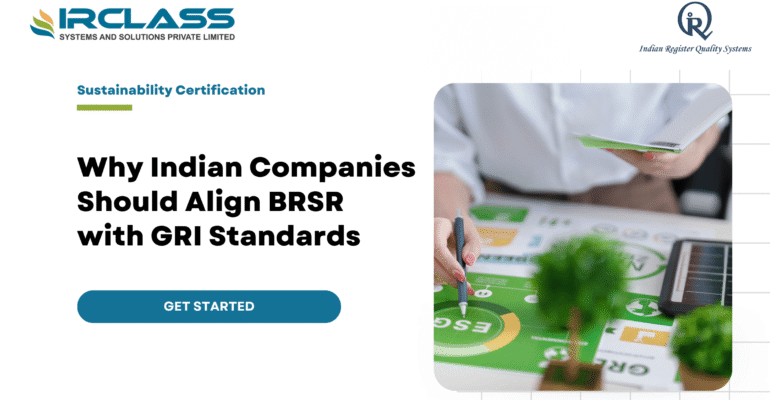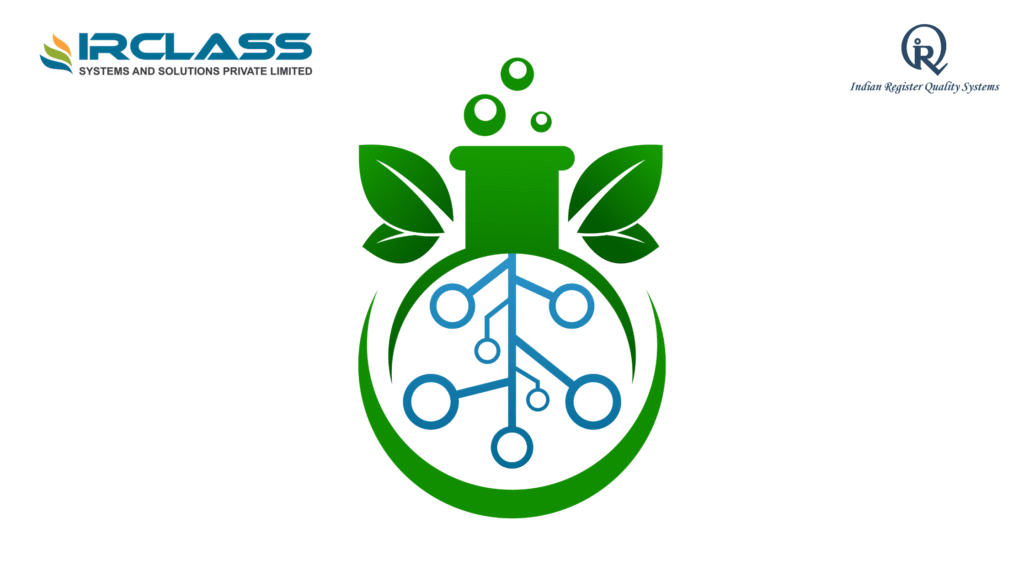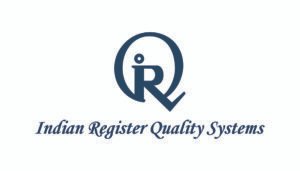GRI Reporting and SEBI’s BRSR: Building Credible ESG Reports for Indian Companies
October 9, 2025 2025-10-23 8:00GRI Reporting and SEBI’s BRSR: Building Credible ESG Reports for Indian Companies

GRI Reporting and SEBI’s BRSR: Building Credible ESG Reports for Indian Companies
In India, more companies are paying attention to sustainability reporting due to the desire to demonstrate obvious evidence of the impact of their activity on people and the planet. It is no longer a formal requirement to report, as investors and regulators are requiring more transparency. The Global Reporting Initiative or GRI offers companies a chance to report their environmental, social, and governance data in a credible and organized format.
Why GRI matters for Indian companies today
GRI reporting assists companies in quantifying and report their ESG performance in a manner that is comprehensible by people. It provides organization to the data that would otherwise remain dispersed among departments. This is to produce one report that links the activities of an organization with their effects on society and the environment. This facilitates easier comparison of performance across time and sectors by the investors and customers.
How SEBI’s BRSR changes the ESG reporting space
The Securities and Exchange Board of India introduced the Business Responsibility and Sustainability Reporting framework, known as BRSR, to bring consistency to ESG reporting. This rule applies to the top one thousand listed companies by market capitalization. It requires companies to disclose ESG indicators that show how responsibly they manage environmental and social risks. While GRI is voluntary, BRSR is mandatory for these top companies. When used together, they form a system that covers both compliance and credibility.
GRI and BRSR: how they connect in practice
GRI and BRSR share similar goals but serve slightly different audiences. GRI gives a global view that supports comparison across countries along with sectors. BRSR focuses on India’s specific social and environmental priorities. The GRI Standards have been mapped against the BRSR indicators so that companies can prepare one report that satisfies both sets of requirements. This mapping was developed by GRI in partnership with the Bombay Stock Exchange to help Indian companies streamline their ESG work.
Voluntary versus mandatory: what companies should understand
GRI remains a voluntary framework that companies adopt to improve the quality of their ESG communication. The BRSR of SEBI, on the other hand, is compulsory to the leading listed companies in India. Those companies that integrate both strategies are able to fulfill the expectations of the national compliance and remain updated with the global investors. This balance assists them in reporting without having to repeat the same process under two different systems.
Global versus local: how GRI and BRSR complement each other
GRI supports global comparability because it follows internationally accepted standards. BRSR focuses on local social and governance needs that are specific to India.
The key structure of GRI reporting
GRI reporting follows a modular structure that includes Universal, Sector, and Topic Standards. Universal Standards form the foundation because they define the organization’s governance, values, and reporting process. Sector Standards address industry‑specific topics that vary from manufacturing to services. Topic Standards cover detailed ESG areas such as emissions, waste, and labor safety. This structure gives flexibility while keeping every report comparable and complete.

Understanding SEBI’s BRSR Core requirements
In 2023, SEBI published the BRSR Core to enhance the quality of ESG reporting. The BRSR Core has fewer key indicators that should be reported using verified data. These are greenhouse gas emissions, employee welfare, and value-chain disclosure. In the case of selected indicators, companies should seek reasonable assurance from an independent third party. By 2026-27, this assurance process will be mandatory for the leading companies.
How companies can align GRI with BRSR Core
- Start with a materiality assessment with GRI 3 to determine the most relevant ESG topics to you.
- Find the official mapping document of GRI and BSE and align your material topics with BRSR indicators.
- Prepare disclosures under GRI 2 to include information about your structure, along with governance and reporting approach.
- Add Topic Standards that reflect each BRSR indicator, such as emissions or occupational health.
- Review the data with an independent assurance partner to confirm accuracy before publishing.
The value of a materiality‑based approach
GRI reporting is built around the idea of materiality, which means focusing on the issues that matter most. Companies start by identifying their actual and potential ESG impacts across their value chain. These are then ranked by significance and scope to decide which topics must be reported. The same logic supports BRSR because SEBI expects companies to share information that is relevant to their operations along with stakeholder interests. A materiality‑based report is easier to read and more useful for decision‑making.
Why GRI makes BRSR reports stronger
BRSR offers a well-organized list of indicators and does not necessarily leave room to elaborate. GRI bridges that gap by giving companies the opportunity to provide context and rationale to each disclosure. It provides room to outline strategy, policy and action plans in simple terms. This assists the stakeholders in not only knowing what a company has accomplished but also how it intends to enhance its performance. Combining GRI and BRSR will give a report that conveys both facts and intent.
Benefits of GRI alignment for Indian companies
The alignment with GRI will have a practical benefit to companies that already report under BRSR. It assists in enhancing internal data systems and encourages uniform data gathering within departments. It also establishes credibility among foreign investors and other global supply-chain partners who are aware of the GRI framework. Above all, it transforms ESG reporting into a long-term strategic instrument that contributes to growth and accountability.
How GRI and BRSR reporting drive better ESG performance
A feedback loop is established when both frameworks are used concurrently by companies. Information collected by BRSR assists in fulfilling local requirements, whereas GRI provides more insight into the performance patterns. This combination assists in the early identification of risks and demonstrates the areas of improvement. In the long run, it assists the management in establishing more robust sustainability objectives that are quantifiable and achievable. The strategy also equips businesses with the future changes in regulations as ESG reporting develops in markets.
The path forward for ESG reporting in India
With the increasing ESG demands, Indian companies will still be under pressure to report in a clear, credible, and comparable manner. GRI provides a platform that facilitates international presence. BRSR by SEBI makes all large companies accountable at home. The combination of the two frameworks offers a balanced approach that is suitable for both national regulations and global standards. Those who embrace both today will remain on the curve and be prepared to change in the future.
Where Indian Register Quality Systems supports your reporting journey
Indian Register Quality Systems assists organizations in implementing GRI Standards and BRSR requirements of SEBI in a realistic manner. Our group takes the entire process of materiality evaluation to assurance and review. We assist your business to report in a way that your impact is quantifiable, transparent and prepared to go to the next level of sustainable growth.
FAQs
What is the difference between GRI reporting and SEBI’s BRSR requirement?
GRI is a global voluntary reporting framework while BRSR is a mandatory disclosure format required by SEBI for the top 1,000 listed Indian companies.
Can companies use both GRI and BRSR to report on ESG performance?
Yes companies often use both frameworks because GRI adds global context while BRSR ensures compliance with Indian sustainability reporting rules and standards.
How does the GRI framework help with BRSR compliance?
GRI has published a mapping document that connects its standards with BRSR indicators so companies can prepare one report that covers both needs.
What is the purpose of the materiality assessment in GRI reporting?
The materiality process helps companies identify the most important ESG issues that affect their business along with the people and environments they impact.
Does SEBI require third-party assurance for BRSR reports?
SEBI now requires reasonable third-party assurance for selected BRSR indicators under the BRSR Core and this requirement will be phased in by 2026.





